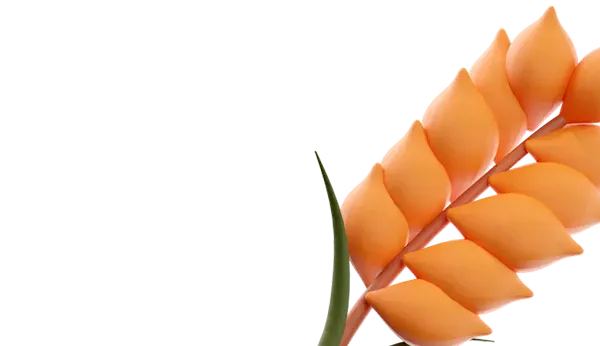The decrease in grain yield is a result of reduced efficiency in the industry. This opinion was expressed by the president of the Russian Grain Union (RGU), Arkady Zlochevsky, at the conference "Agroinvestor: PRO Crop Production." According to RGU forecasts, the grain harvest in the 2024/25 season may reach 126.5 million tons, including 83.1 million tons of wheat, 14 million tons of corn, and 17 million tons of barley. However, Zlochevsky stated that some analysts have lowered their forecasts to 124 million tons.
This year's average grain yield has decreased compared to the previous year – wheat is at 29.1 c/ha, barley at 25 c/ha, and corn at 53.3 c/ha versus 31.8 c/ha, 27 c/ha, and 69.3 c/ha, respectively, in the previous year, as indicated in the RGU presentation.
Zlochevsky noted that the main reason for this decrease is not drought but insufficient efficiency in the industry. He explained, "The decrease in yield is a consequence of decreased efficiency, and the reason for this is the lack of funds among crop producers. Or rather, not complete absence of funds but their gradual disappearance. Over time, problems arise with financing planting and harvesting works, which affects the results."
According to Zlochevsky, 50% of yield depends on seed quality, and new rules on seed import quotas adversely affect yield. As an example, he mentioned a case where a farm producer planted two types of sunflower seeds – Russian and foreign. The plants grown from foreign hybrids looked perfectly even, while Russian ones grew mixed. At the same time, the yield of the Russian variety was 30% lower than that of the foreign one. Zlochevsky noted that the crop producer used a Russian variety that was created not hastily but without "artificial rush." He emphasized that it is impossible to create new varieties and hybrids in an accelerated mode with high quality.
Investments in wheat cultivation are decreasing – in 2023, they amounted to 1.3 billion rubles, compared to 6.2 billion rubles in 2022 and 7.6 billion rubles in 2021. Before the introduction of export duties in 2020, this figure reached 57 billion rubles. According to RGU forecasts, the sown areas under grains and legumes in the 2024/25 season will be 46.1 million hectares – the lowest figure in the last seven seasons. Zlochevsky noted: "It is better not to sow wheat at all, claim that it is due to the dry autumn. After all, crop producers continue to sow winter rape."
At the same time, he does not rule out a reversal in global grain prices. Grain reserves as of January 1 in Russia are estimated by RGU at 31.2 million tons. Zlochevsky emphasized that this is a normal figure. He recalled that there were previously critically high stocks that pushed prices down. According to his forecasts, wheat stocks by the end of 2024 will be just over 10 million tons. Barley stocks will also decrease by 2.9 million tons, while stocks in Russia will be at 5.7 million tons by year-end. He noted that regarding corn, the trends are different: the global balance will be positive, although reserves in Russia will decrease. Nevertheless, he believes that the next harvest will definitely correct the grain market situation in line with the law of supply and demand.

 Trading platform
Trading platform 
 Monitoring
Monitoring  Express applications
Express applications 
 Fork Work
Fork Work 
 Service
Service  News
News  Directory
Directory 













